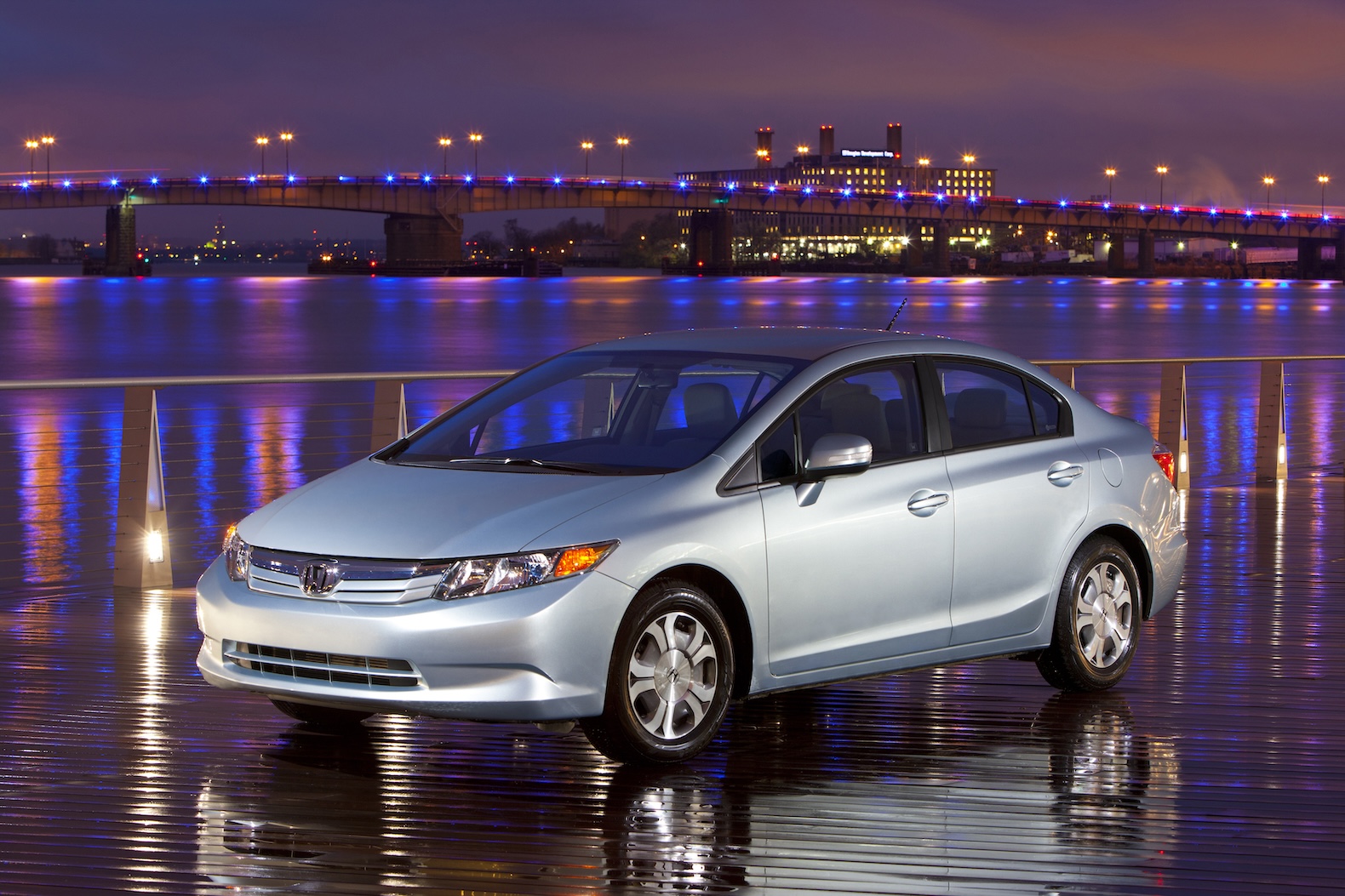New data shows the average age of U.S. vehicles is 12.6 years old. It’s a new record, and with new vehicles still selling at near-record prices, it’s probably safe to assume that number won’t fall any time soon.
The average age isn’t skyrocketing higher, it’s just two months older than last year’s average and new vehicle sales are stabilizing, not rising fast enough to bring the number down. According to S&P Global Mobility, this consistent rise represents continued opportunities for many business segments, such as car dealers and repair shops to help keep these vehicles on the road. It also means revenue for aftermarket businesses looking to secure new business opportunities.
“With average age growth, more vehicles are entering the prime range for aftermarket service, typically from 6 to 14 years of age,” said Todd Campau, aftermarket practice lead at S&P Global Mobility.
“With more than 110 million vehicles in that sweet spot — reflecting nearly 38% of the fleet on the road — we expect continued growth in the volume of vehicles in that age range to rise to an estimated 40% through 2028.”
Two for one
Americans continue to hold onto their cars with scrappage rates remaining virtually unchanged year-over-year at 4.6% versus 4.5% in 2023.

For every new vehicle registered in the U.S., two get deregistered; however, scrappage rates are relatively unchanged.
Looking at the mix of the fleet, since 2020, more than 27 million passenger cars exited the U.S. vehicle population, while just over 13 million new passenger cars were registered. At the same time, over 26 million light trucks (including utilities) were scrapped and nearly 45 million were registered.
“Consumers have continued to demonstrate a preference for utility vehicles and manufacturers have adjusted their portfolio accordingly, which continues to reshape the composition of the fleet of vehicles in operation in the market,” said Campau.
Protect the investment
Americans apparently are already plowing money into the revenue streams related to maintaining their vehicles. The U.S. vehicle fleet now encompasses 286 million vehicles in operation, or VIO, according to S&P. By comparison, there are just north of 333 million people who live in the U.S.
The fact there are so many shows that vehicles are higher quality than before, and a notable group is growing: vehicles 6 to 14 years old. This time frame is the “sweet spot” of vehicle ownership.
Vehicles under the age of 6 accounted for 98 million vehicles in 2019, or about 35% of VIO. Today they represent less than 90 million vehicles and are not expected to reach that thresho ld again until 2028 when they will represent about 30% of VIO, according to S&P Global Mobility estimates.
ld again until 2028 when they will represent about 30% of VIO, according to S&P Global Mobility estimates.
This is driven by the impact of COVID and subsequent supply chain shortages that disrupted vehicle supply and registrations — and following historically high volumes in 2015-2019.
Battery power
EVs on the road also continued to increase, with 3.2 million EVs in operation in January. 2023 EV registrations surpassed one million units for the first time and increased about 52% compared with 2022.
The rate of EV growth was slower than some automakers had anticipated, and there is potential for the average age of EVs to rise in the short term as consumer adoption slows. The average age of EVs in the U.S.is 3.5 years and has been holding largely steady since 2019 with new registrations representing a large share of overall EV VIO.
“We started to see headwinds in EV sales growth in late 2023, and though there will be some challenges on the road to EV adoption that could drive EV average age up, we still expect significant growth in share of electric vehicles in operation over the next decade,” said Campau.



0 Comments